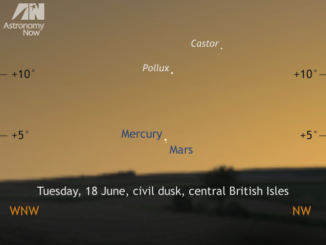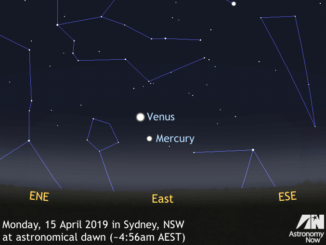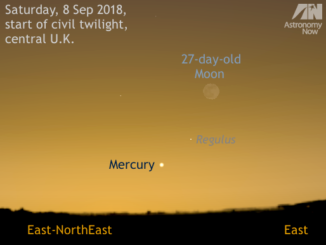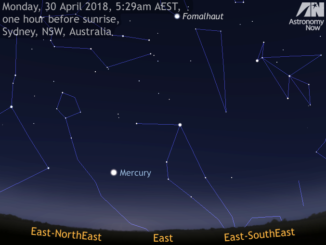
How to safely observe Mercury crossing the Sun on 11 November
On Monday, 11 November 2019 just after 12:30pm GMT, suitably equipped observers in the British Isles can witness the start of a 3.7-hour spectacle that hasn’t been seen for three-and-a-half years — the silhouette of innermost planet Mercury crossing the face of the Sun. Here’s our online guide to observing this fascinating and comparatively rare event in complete safety.









